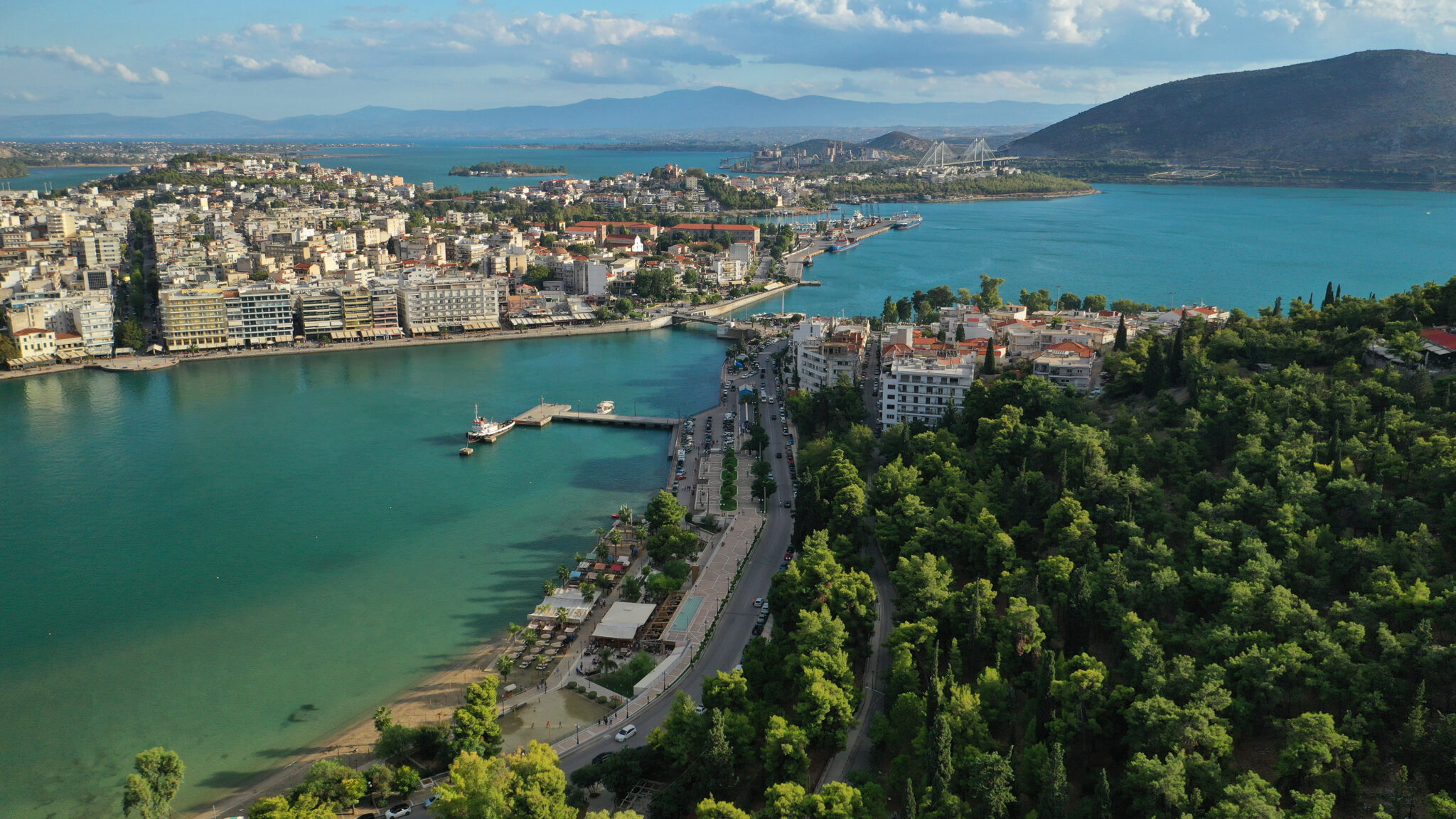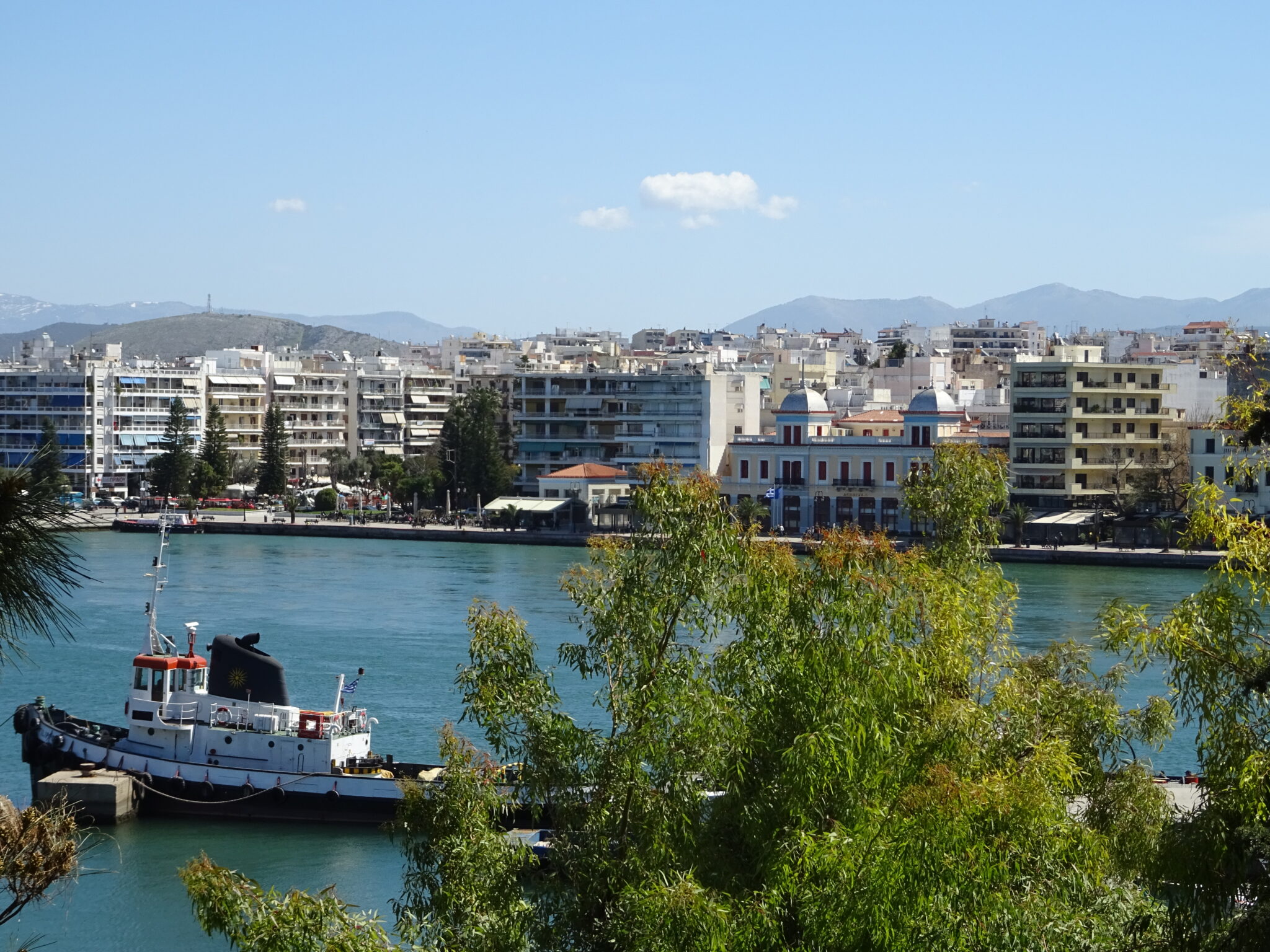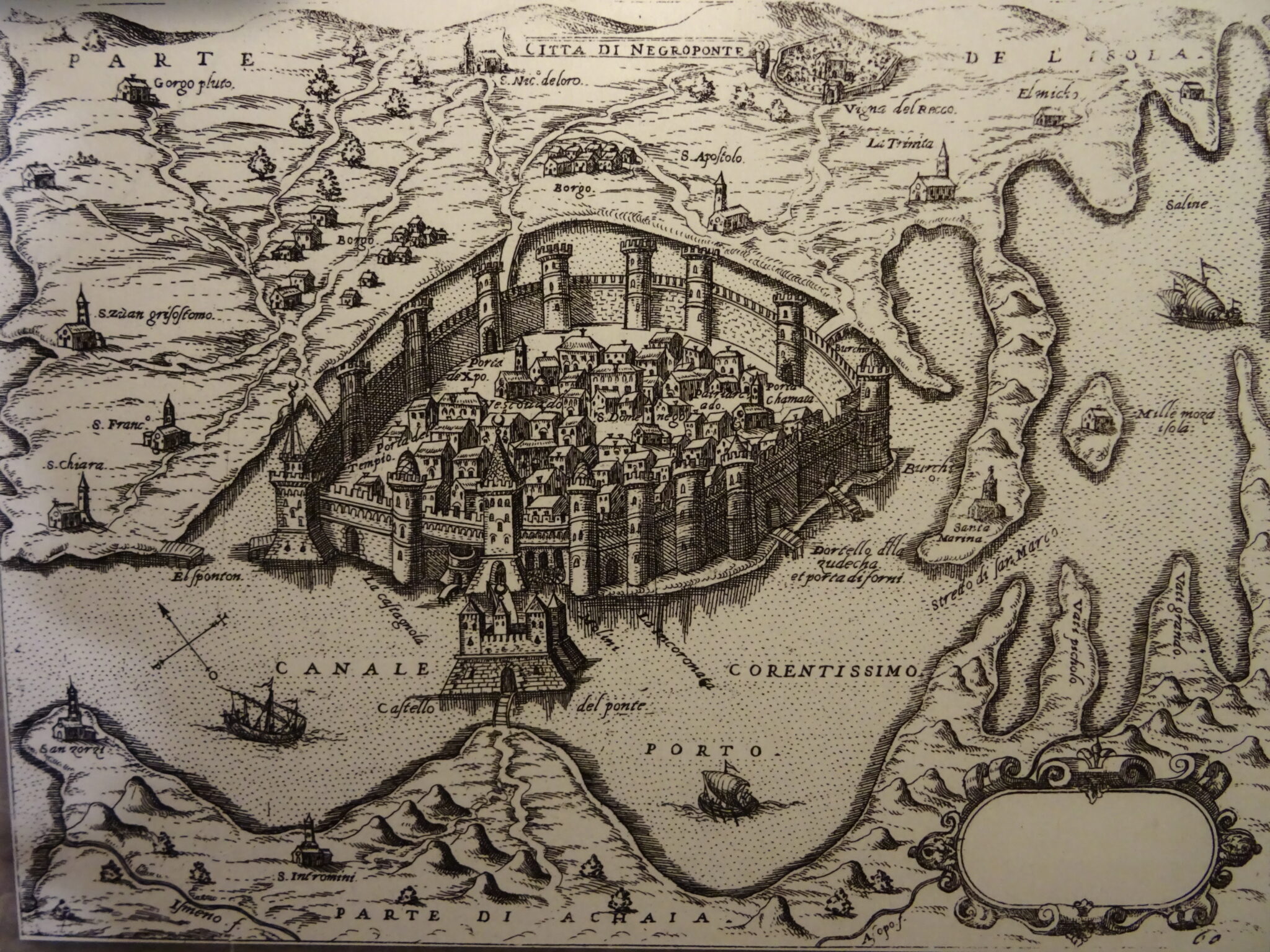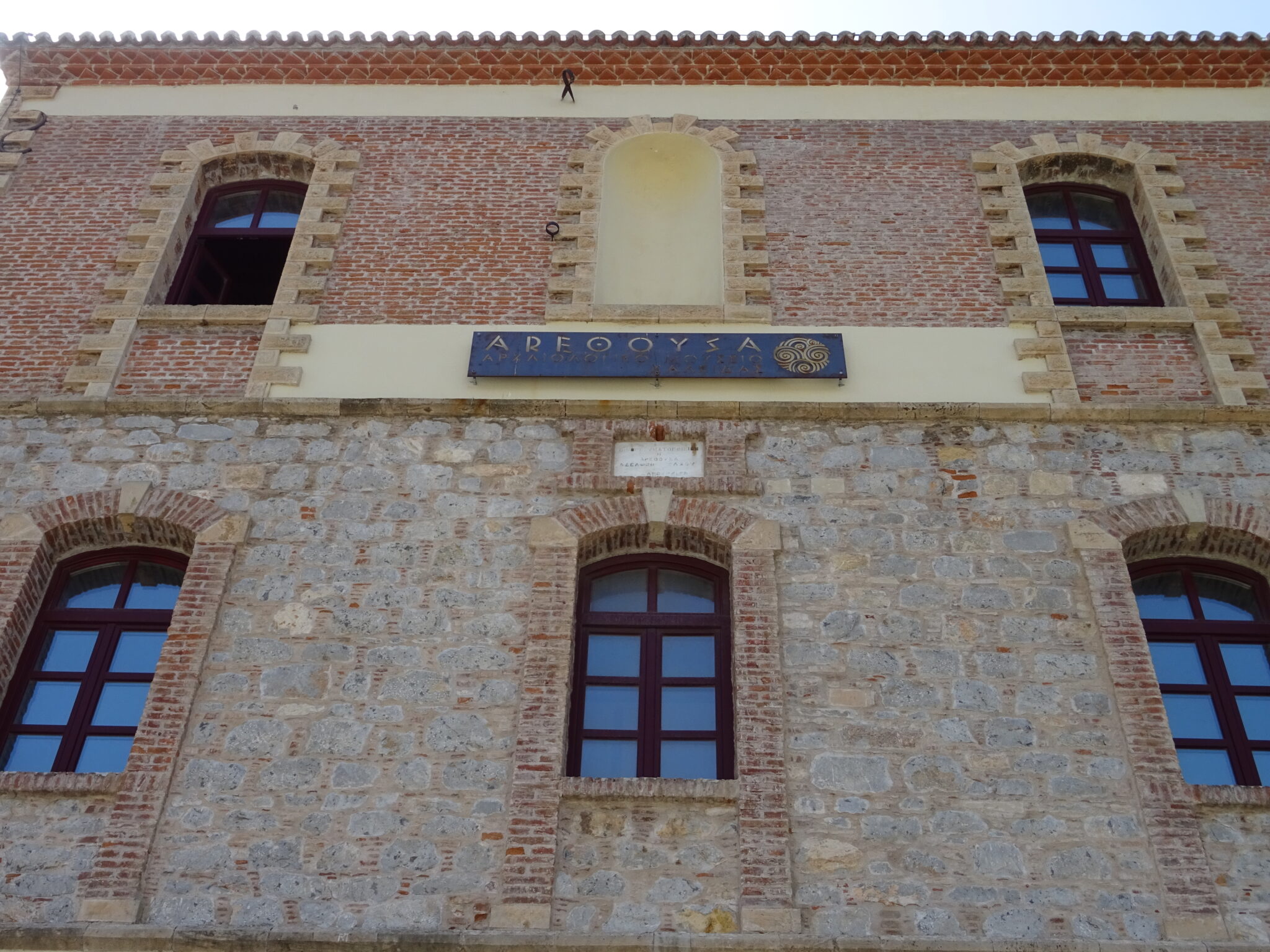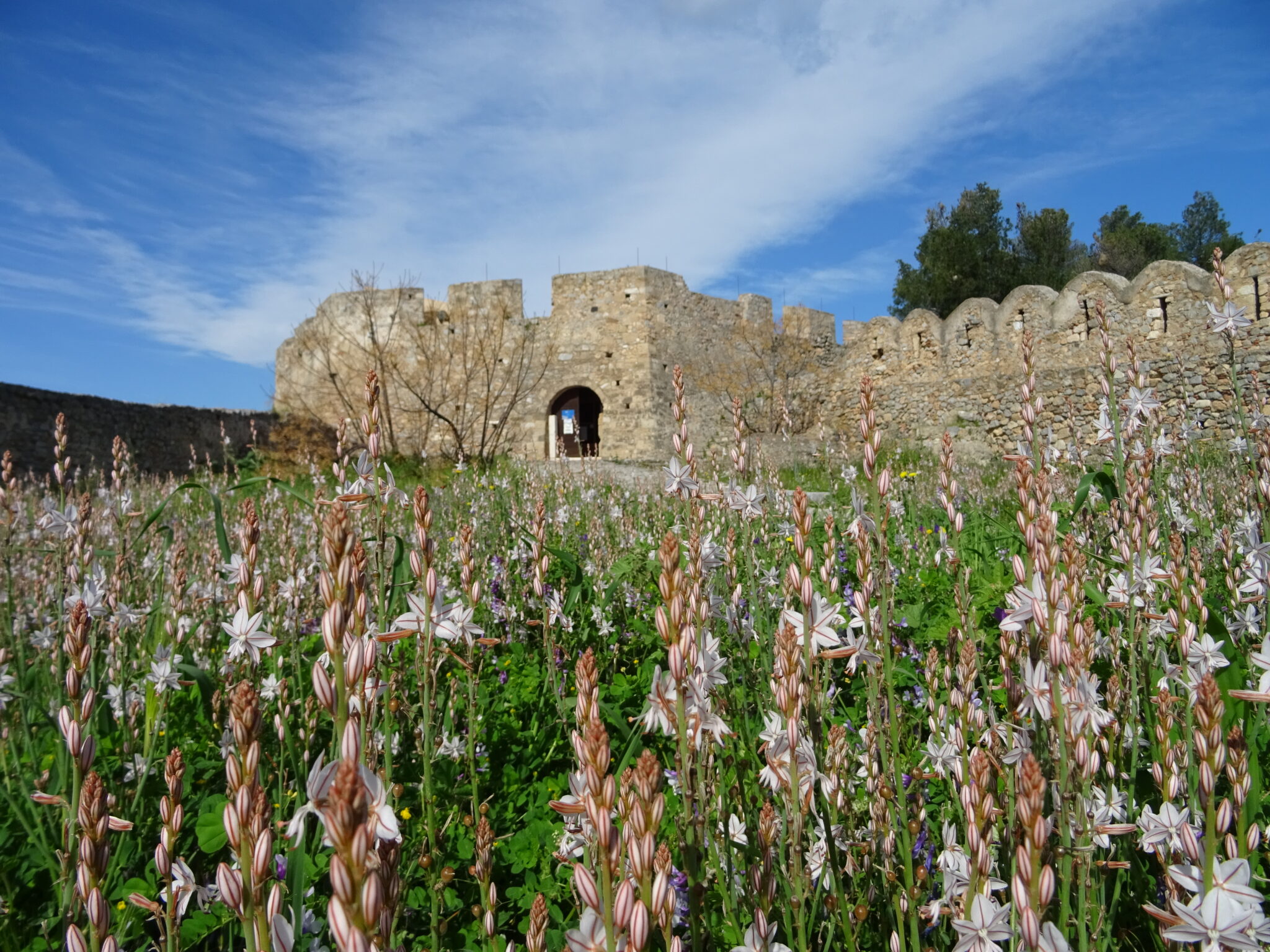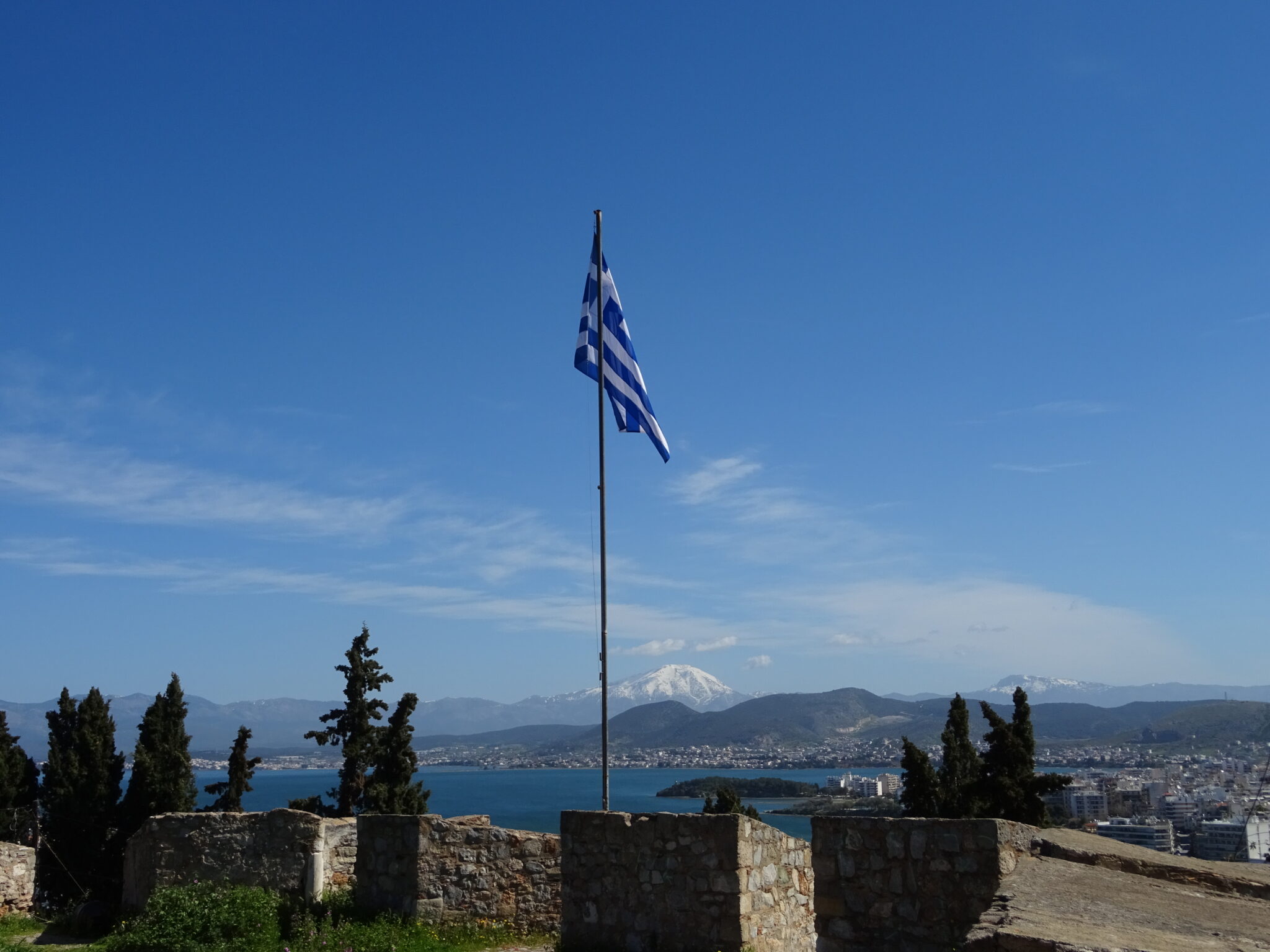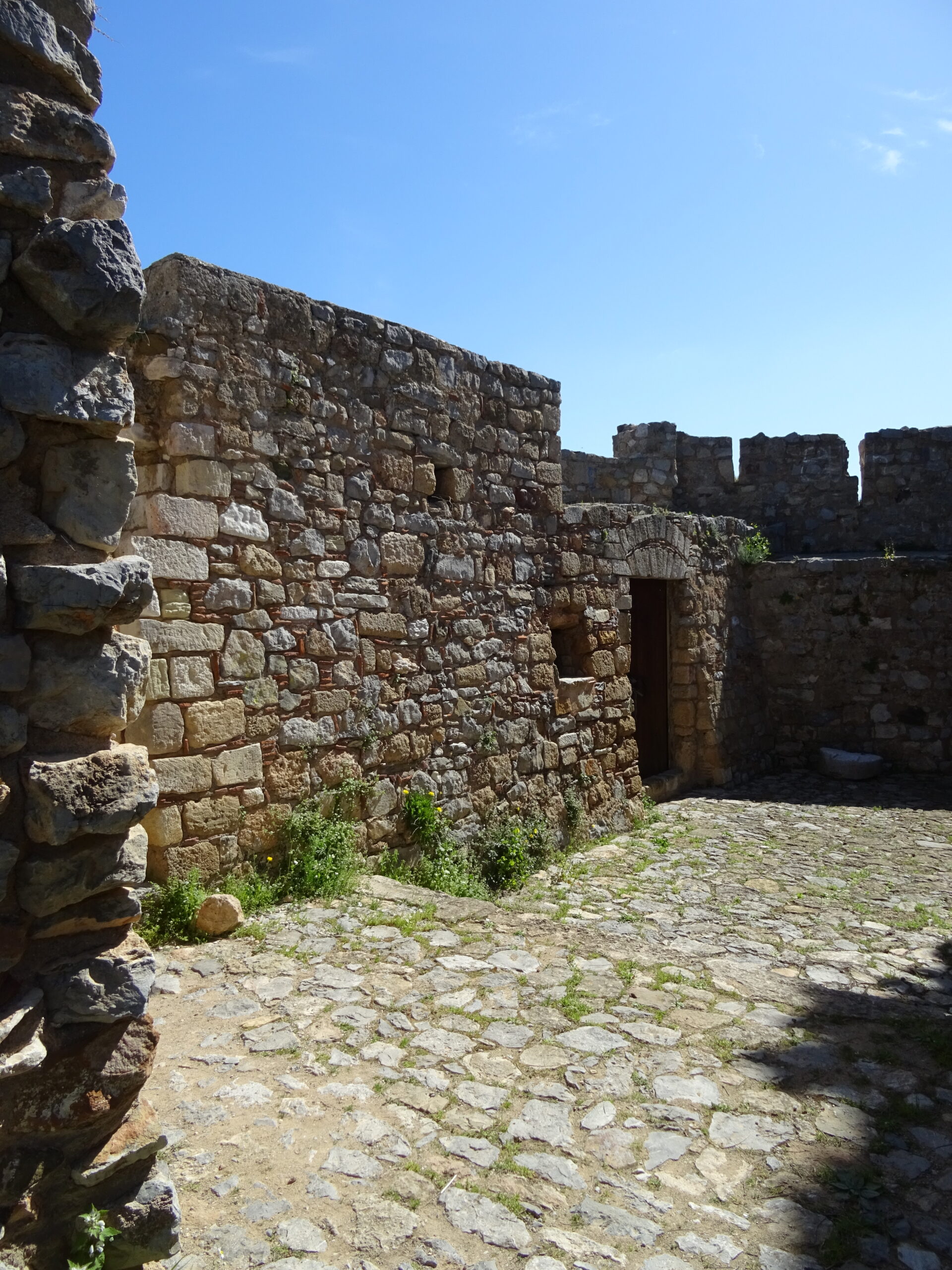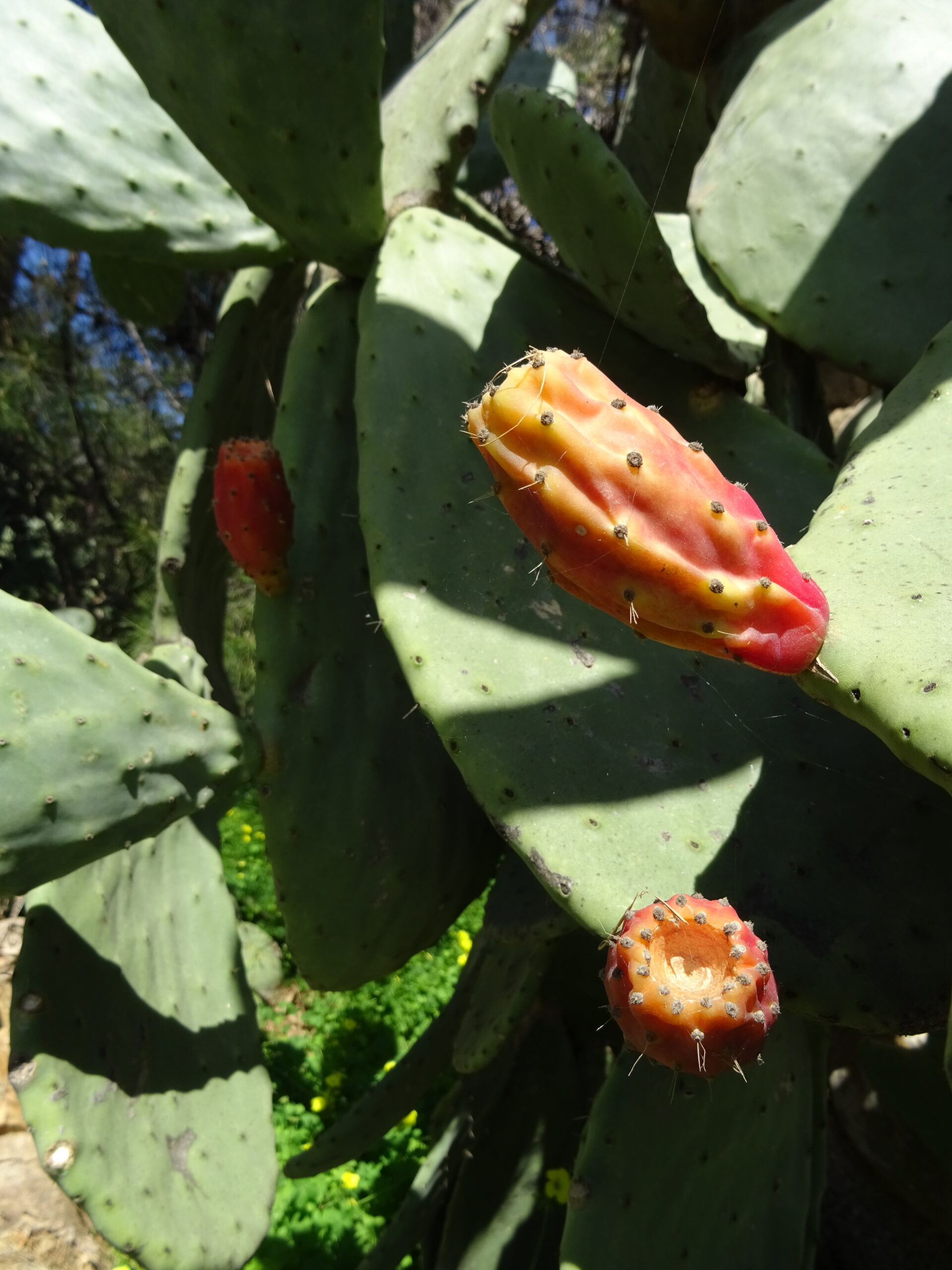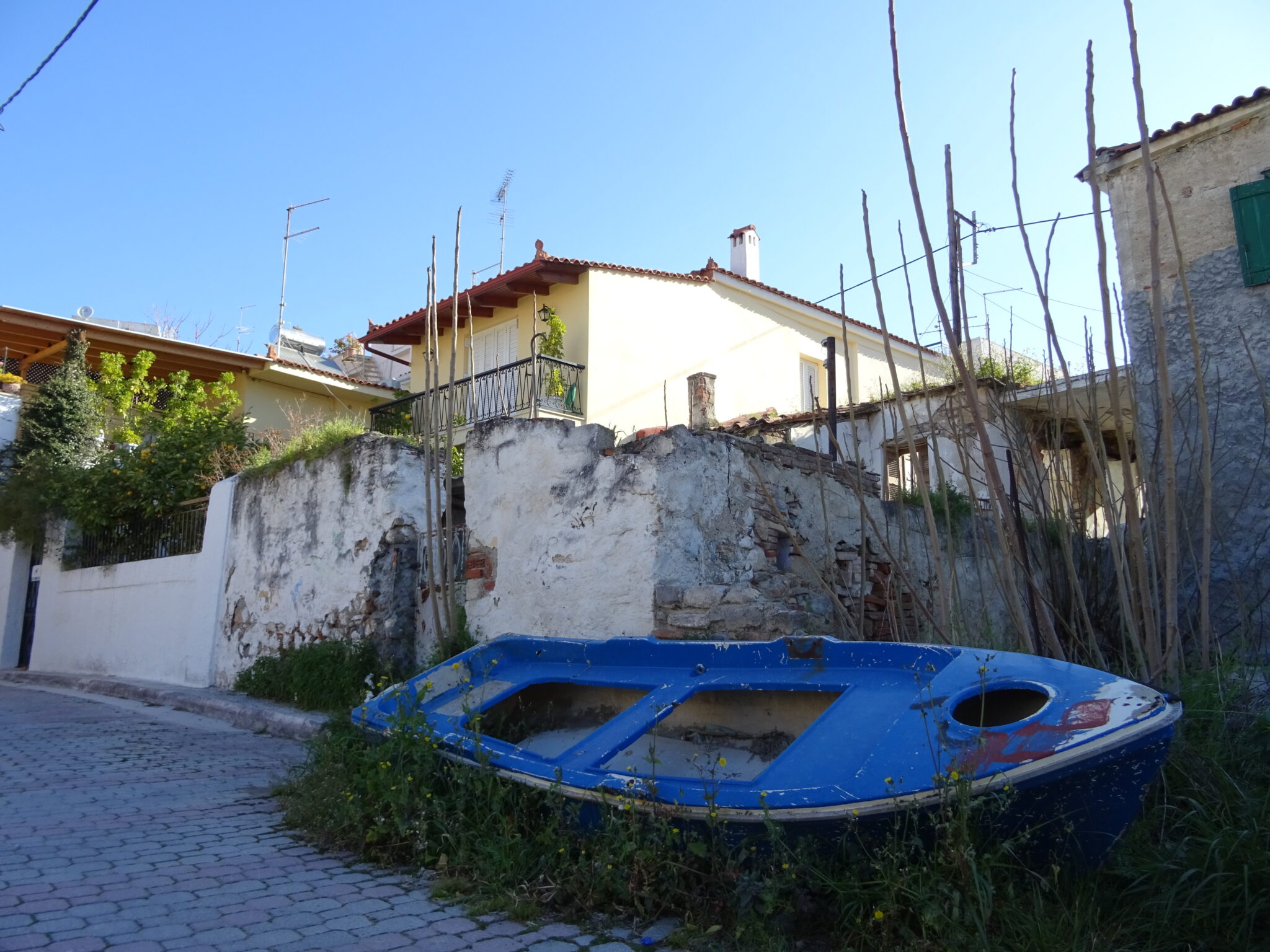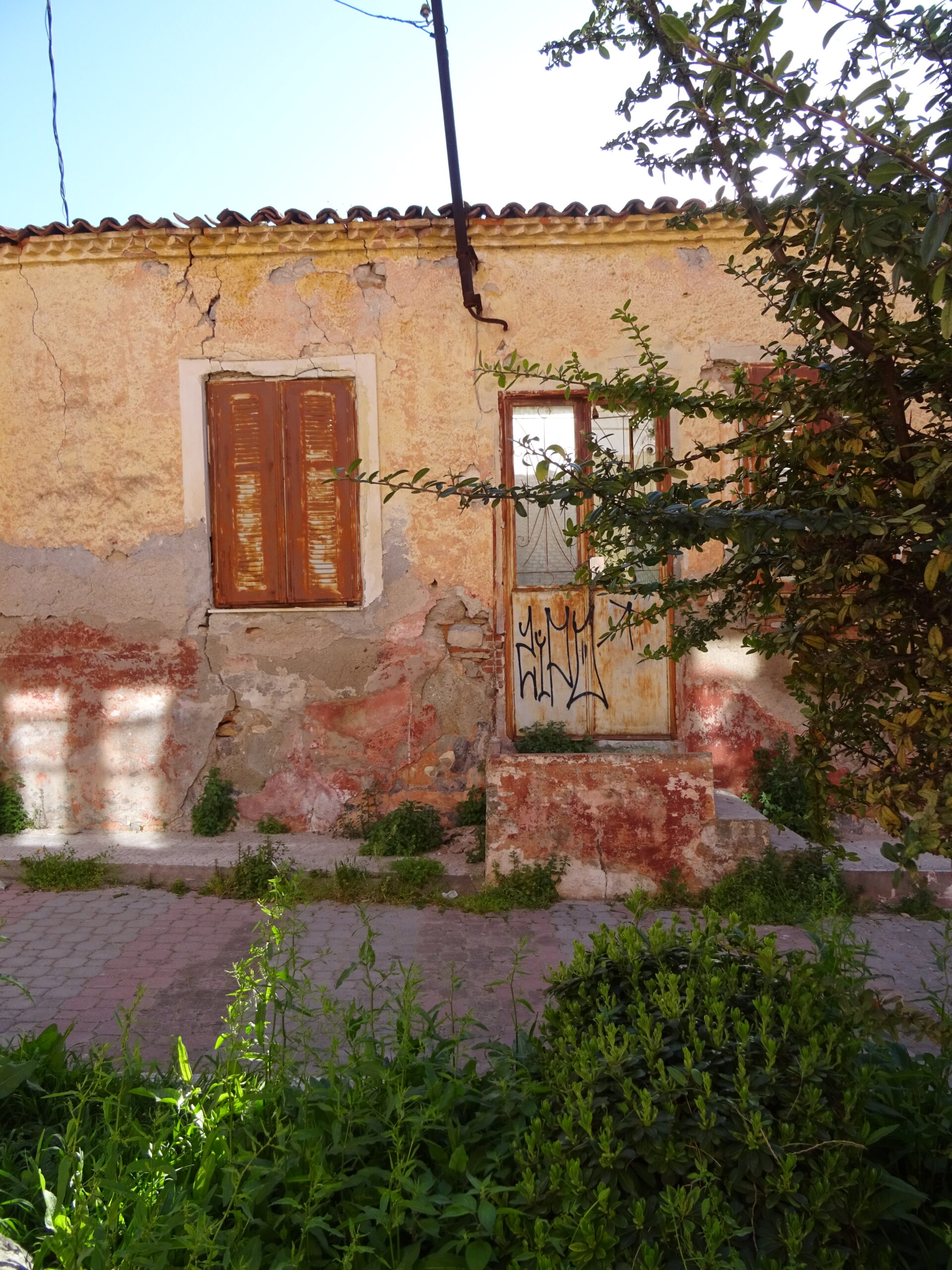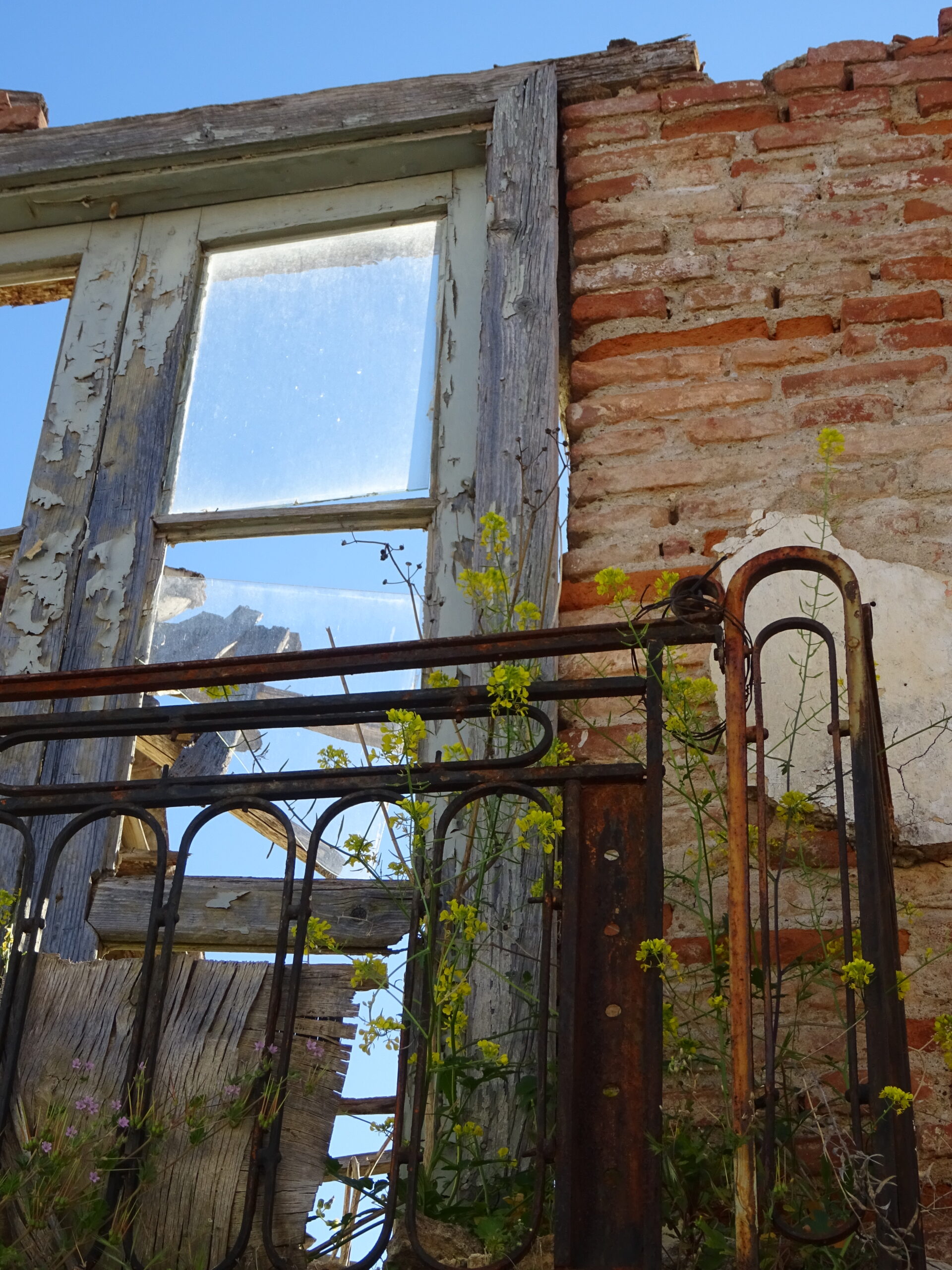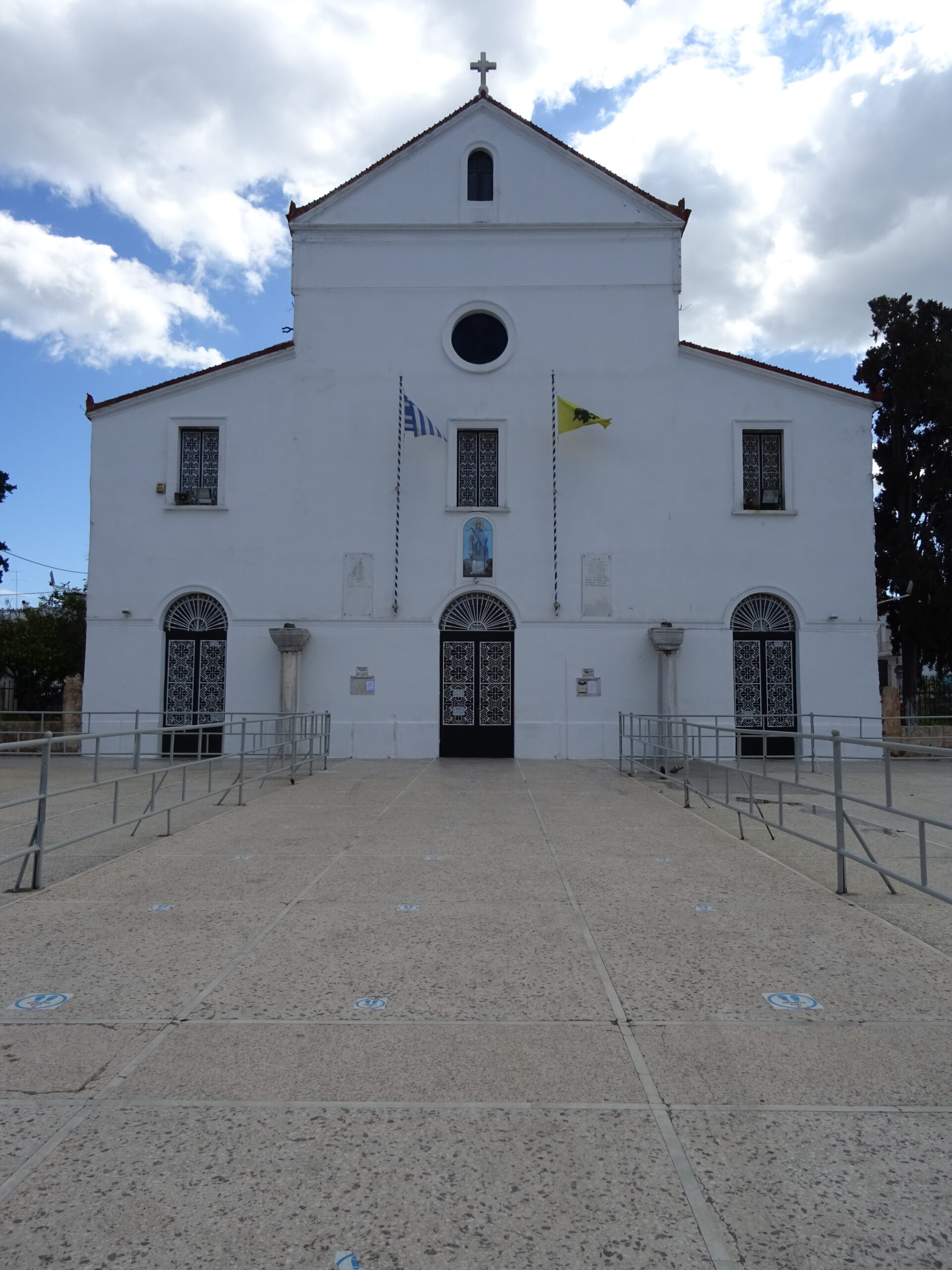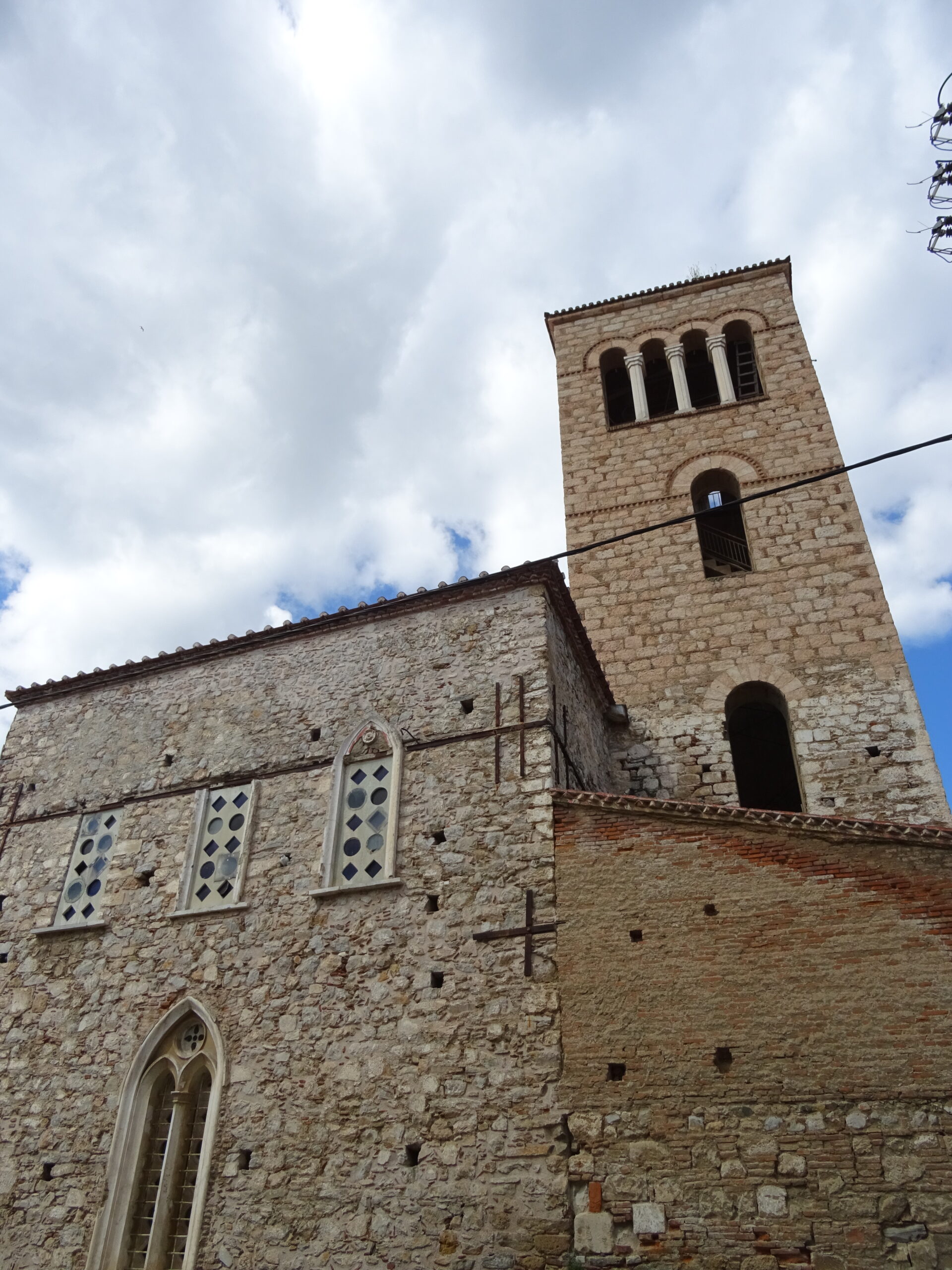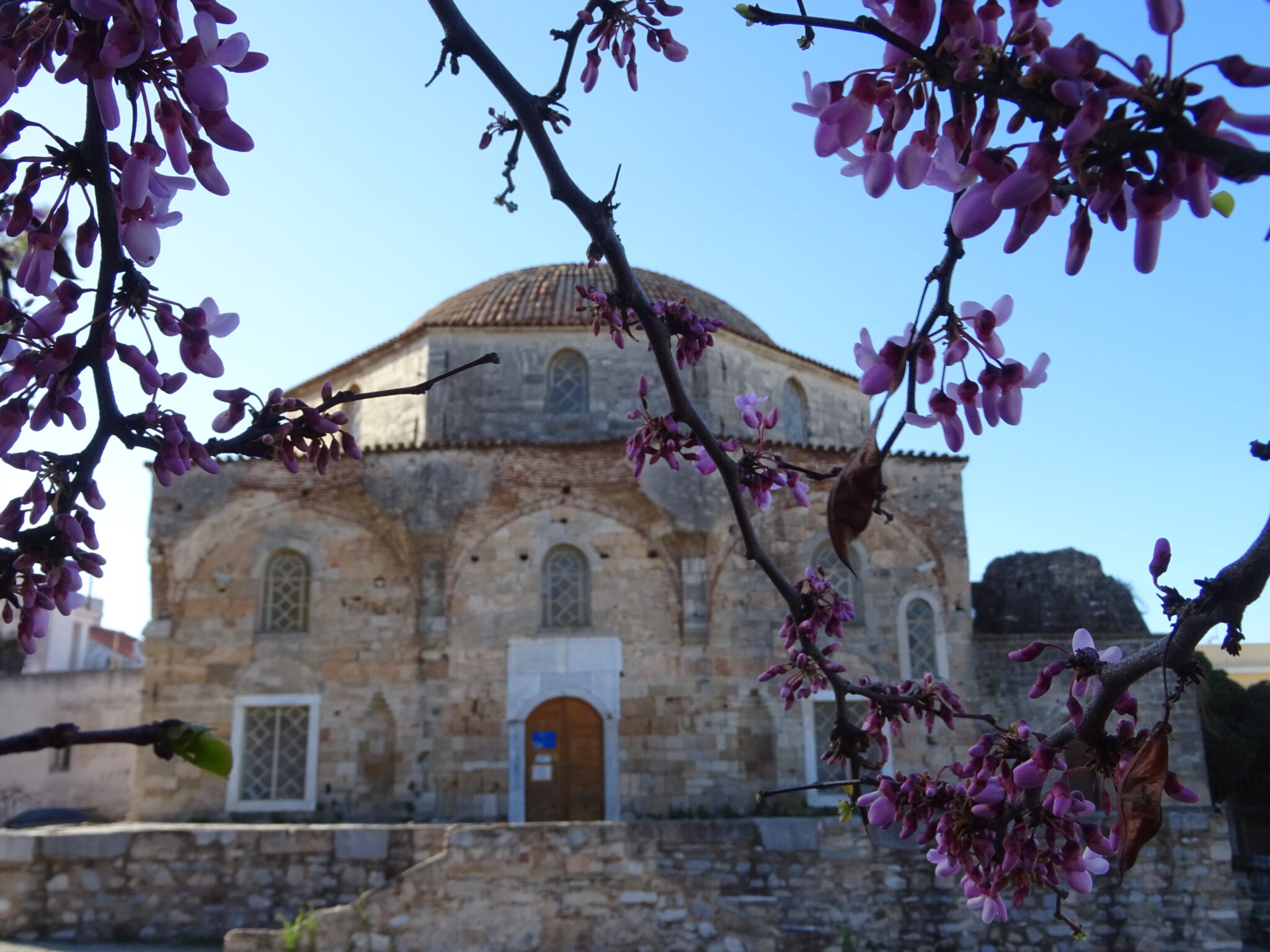The greatest charm of the second largest island of Greece may be hidden in the mere 80 kilometres that separate it from the capital. Euboea is so close that we often forget that it’s still an island.
A huge island, indeed, with Chalkida as its capital, a city with an extremely long history and many loyal admirers. Conducting a quick and absolutely unsubstantiated survey among friends and acquaintances, one can easily conclude that there must not be an Athenian who has not visited Chalkida at least once in their life, even for a few hours. It is a destination for all, which is why on weekends it is filled with families, couples of all ages, groups of friends – young and old.
However, although Chalkida is consistently among the first choices of Athenians for an excursion, most of us often overlook the history and the hidden charm of the place and repeat over and over again the same itinerary, i.e., a walk along the seaside promenade to the red house, coffee break by the “crazy waters” of Euripus and then back to the car and off for fresh fish and seafood in the otherwise excellent ouzo taverns in Nea Lampsakos.
The truth is that the modern city of Chalkida in no way betrays its architectural past. The entire city until 1885 was surrounded by walls in a medieval castle, while an artificial moat made it look like a small autonomous island in the thin strip of sea that separates Euboea from Central Greece. It was its strategic location that attracted the interest of the city’s first inhabitants, who, sensing correctly that it would bring them power and wealth, settled in the area as early as the Palaeolithic era. The first important prehistoric settlement with elements of early urbanization (houses, roads, open assembly areas such as squares, but also public utilities, such as clay pipes that drained rainwater) dates back to 3000 BC and was found 5 km northwest of Chalkida, at Manika. The city of Chalkida seems to have taken its name from that time thanks to the specialisation of the inhabitants of Manika in metallurgy and copper trade. The city of Chalkida was founded around 800 BC, at the same time as the city of Eretria.
Many centuries and countless chapters of history later, around the 6th century AD, Justinian fortified Chalkida, as both the city and the entire island of Euboea were of particular naval importance to the Byzantine Empire. In 1205 AD, the most glorious period for Chalkida began, the Latin period, during which the medieval castle was reconstructed and its walls were strengthened, while the city became known as Negroponte, a powerful Venetian port and headquarters of the Venetian fleet. Although by 1461 AD Negroponte had been significantly fortified, it was unable to repel the attack of the Turks, who had already begun to spread into Greece, and finally in 1470 Mohammed II himself conquered Chalkis.
The city remained under the Turkish rule until 1833. Chalkida retained its impressive walls and its multicultural character even after its liberation. But in 1885 the legendary castle was demolished by the Greeks and the building materials resulting from its demolition were used to cover the moat. This is how Chalkida reached its architectural present day, a city we often think we know quite well, but which itself still holds countless hidden secrets. The following stops in the modern city unfold another map of Chalkida, hidden for years, and reveal the other face of this ancient city, so that we can finally view Chalkida in a different light.
The new Archaeological Museum “Arethoussa”
It is located near the port of Chalkida during the classical and Roman times, in the district of Agios Stefanos, where the springs of the mythical Arethoussa gush gurgling waters to this day. It is housed in a 20th century industrial building, the old distillery “Arethoussa SA”, which is an exhibit in its own right and has been declared a World Heritage Site. The new Archaeological Museum of Chalkida, “Arethoussa”, opened its doors to the public at the beginning of 2021 and constitutes a valuable orientation medium for visitors to both Chalkida and the whole of Euboea. The museum is thematic and presents four main aspects of Chalkida’s history – urban organization, worship, economy and cultural identities and it also includes sub-theme sections, such as the history of the building that houses it. Short videos and multimedia applications accompany the sections of the museum, which offers a modern, interactive museum experience for visitors. The museum is also accessible to people with disabilities.
The museum is free of admission. Opening hours : Monday – Sunday 08.30 to 15.30, Tuesday closed.
Visit the castle of Karababa
The impenetrable castle of Karababa stands proudly on the site of the ancient city of Kanithos on the mainland coast of Chalkida, overseeing not only the strait of Euripus, but also a large part of the Euboean gulf. The fortress was built in 1684 by the Ottomans, who equipped it with 6 cannons below, 14 on the roof and another 20 on the ramparts, none of which survive. The two that remain in the fort today came from a Russian ship and were placed there by the Germans at a later date. Today, inside the western rampart there is an exhibition area that houses many artefacts from the early Christian, Byzantine, Venetian and Ottoman periods of the city, starting from the 5th century AD.
In addition to its exhibits, the castle also offers stunning panoramic views. Stand on the eastern rampart, admire the view of the city and try to imagine what it might have looked like before the fall of the medieval walls. The best way to get up to the fort is to follow the path around the fort. It’s a beautiful walk of 600 metres in total, through pine trees, prickly pears and flowers, quite passable and with breathtaking views.
The fortress can be visited daily from 08.00 a.m. to 15.00 p.m., except Mondays, and entrance is free of charge.
Take a walk in Chalkida’s oldest neighbourhood
The heart of the old city still beats behind the Athanaton square, located just opposite the old bridge. It is a small district that used to be within the walls. The castle district, as they call it, managed to escape the modernization of the city. Thus, today it still exudes something of Chalkida’s old charm and long history. Explore the small alleys, admire the traditional two-storey houses with their cornices and iron balconies, many of which are unfortunately in decay today.
The remarkable thing is that in this tiny neighbourhood the places of worship of three different religions managed to coexist peacefully during the Ottoman period. The Church of Agia Paraskevi, the Jewish synagogue and the Emir Zade Mosque still stand just a block from each other to this day.
The Byzantine church of Agia Paraskevi, which is a historical monument, dates back to the 5th century AD and was traditionally founded on the ruins of an ancient Greek temple, as evidenced by the columns and pillars of the church which bear Ionic and Corinthian capitals. Directly opposite the church of Agia Paraskevi is the house of Vailos, Chalkida’s Venetian governor, who was gruesomely sawed to death by the Ottomans when they occupied the city. It is a rare architectural example that combines Venetian and Ottoman architecture and is well worth a visit.
The synagogue of Chalkida is one of the oldest in Greece, while its Jewish community is the only one in Europe that has lived continuously for 2,500 years in the same city. The synagogue has been destroyed six times over the years, but each time it was rebuilt in the exact same spot. That is why the exact date of the first one’s construction remains unknown. A stone’s throw away, in the Fallen Soldiers’ Square, stands the Emir Zade mosque, which now serves as an exhibition hall. Built in the 15th century by the Turks, the mosque is in very good condition, although the minaret has been removed.
Agia Paraskevi is a parish church and is operating normally. It is open daily from 07.00 a.m. to 12.00 p.m. and from 17.00 to 19.00 p.m.
The house of Vailos is open every Thursday, Saturday and Sunday from 10.00 am to 4.00 pm and admission is free.
The Emir Zade mosque hosts the amazing collection of engravings by Ioannis Karakostas and is open every Thursday, Saturday and Sunday from 10.00 a.m. to 4.00 p.m. with free admission.
Read also:
For ouzo and fresh fish in Nea Lampsakos, a beautiful small town 80 km outside Athens



